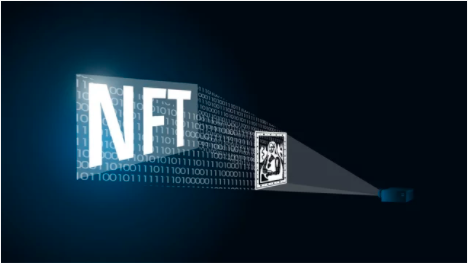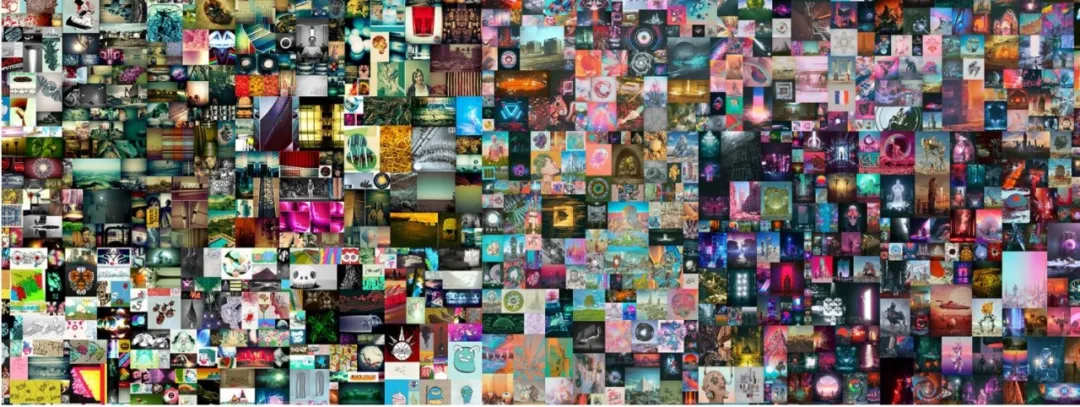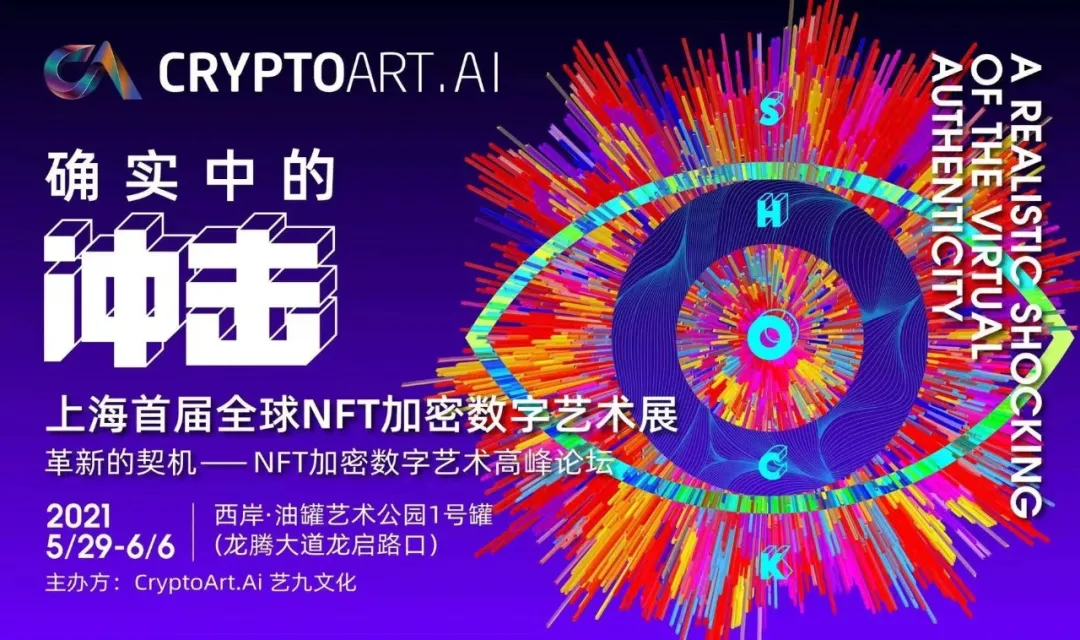NFT, art and copyright: what artists need to know
You might have heard about Non-Fungible Tokens, or just NFTs, the newest technology that has been changing the art market world wide.
We are quite familiar with the concept of digital art, since art went digital a long time ago, but maybe a bit less familiar with the concept of NFT.
At first sight, it’s kind of confusing, but we’ll try to understand what are NFTs, how they work and why they are concerned by IP matters.
NFTs, or “Non-Fungible Tokens”, are digital files with a unique identity that is verified on the blockchain.
A token is, basically, a coin substitute, in this case digital.
Non-fungible means that it cannot be replaced with anything equal, it’s unique, like a house. Fungible, on the contrary, is money (even Bitcoin): If I owe you 5 dollars, it doesn’t matter if I give you a $5 bill or 5 $1 coins.
NTFs are ‘Non-fungible’ because each NFT is unique. NFTs can represent a 1 of 1 “original”.
In the case of digital art, an NFT is a digital token that is inextricably tied to the artwork using blockchain technology, and includes important details regarding the provenance and authenticity of the artwork.
Artworks in NFT form contain the digital artwork file, signature of the artist, time of creation, and all subsequent transactions related to the artwork.
Let's take an example with music: let's assume that I am a musician and I want to distribute a certain number of “premium” copies of my album to my most loyal listeners.
In the physical world, I could do it for example by printing a limited-edition vinyl containing the tracks of the album. What if I want to do it digitally? Without NFTs there would be no way to do it, because even if I distribute the mp3 file of the tracks to the 100 most passionate fans, anyone with access to the file could duplicate it and distribute it to everyone, invalidating its uniqueness.

Of course, even the vinyl can be copied with a special recording system, but the copy does not have the same value as the original because the value in the object lies in the fact of owning the original and being able to certify it, not in the content itself (i.e. the tracks).
In digital, however, once an mp3 file is duplicated, the original and the copy are indistinguishable and those who have purchased the original work have no way of certifying that they actually own the original and not a copy.
This is a typical case where NFTs can make a difference, because they are digitally unique: every NFT must have an owner, and this is in the public domain and easy for anyone to verify.
By associating the NFT with the MP3 track, you could prove that you have purchased that limited copy. Even if the file was copied and distributed, only you who purchased the NFT could prove that it is yours and it is not a counterfeit copy.
The exclusivity of the purchase is ensured by a special blockchain technology, made up of unalterable codes capable of tracing any transition, ascertaining the cost and ownership of the goods. NFT in this way ensures intellectual property, just like a tangible asset.
In fact, an NFT is a way to protect the artist. Digital art, when online, can be copied easily: a photo, a video, a music that you can download on websites or see on YouTube for free become in this case a sort of copy of the original NFT, like a photo of the Mona Lisa compared to the real Mona Lisa.
This opens the way to a market that did not exist before. To some, the idea of dealing in digital assets may sound strange. But many digital content creators and collectors see NFTs as a more secure and long-term investment.
Owning an NTF – so, a digital original – is like having a unique, inimitable and iconic piece in real world. And as we well know, the sense of exclusivity and uniqueness attracts the customer.
For that reason, unique NFTs are bought or sold in auctions, or in marketplaces based upon the principles of supply and demand.
There are many marketplaces: the most famous are OpenSea, Rarible, or NBA Top Shot. Lately, these NFT marketplaces have gone crazy, with millions of dollars being paid for single digital pieces.
Even the auction house Christie’s has gotten on board, with the sale of Beeple’s Everydays: The first 5000 Days for an astonishing $69 million, the third most expensive work of a living artist.

Beeple’sEverydays, particular. Source: Christie.com
Despite usage of QR code, mobile payment, and livestreaming, cryptocurrencies remain a gray area in China’s regulatory environment.
But, as reported by the South China Morning Post, blockchain was mentioned for the first time in a draft of China’s national five-year plan as a key role in the country’s digital economy under President Xi Jinping’s Vision 2035 strategy: “China will find its own way for NFTs to grow, and policies and regulations will follow”.
As Yaling Jiang said on Artsy, “China’s hardline stance on cryptocurrency might have hampered early adoption of blockchain - a decentralized digital ledger that publicly tracks cryptocurrency sales - over the past few years. But the government’s recent embrace of blockchain and cryptocurrency - recently became the largest nation to mint an official digital currency, the digital yuan - and Asian collectors’ interest in NFTs are putting the country on track to become a world leader in NFT art”.
In fact, “Virtual Niche: Have You Ever Seen Memes in the Mirror?” was described as the first major NFT exhibition in the world: organized by Block Create Art (BCA), was hosted by Beijing’s UCCA Lab from March 26th through April 4th, and by Shanghai’s JinArt Institute from April 9th through 11th.
The exhibition showcased works by Beeple, Pak, and others, and attracted over 10,000 visitors in total.
From May 29th to June 6th 2021, the exhibition “A realistic shocking of the virtual authenticity” will be host in Shanghai West Bund, the space dedicated to contemporary art where many industrial buildings have been converted to art places.

The application of NFT technology is very wide: apart from art and music, NFTs can be created, for example, for collectibles (currently one of the most popular applications of NFTs), games, virtual world, sport.
Next week we’ll cover how the NFTs are booming in the Fashion industry.


